Investigate the structural adaptations of animals with various animal adaptation worksheets.
What is a Structural Adaptation?
Animals and plants have certain physical or body features that help them survive and reproduce in their environment. These features are called “structural adaptations”. They can be things like different body parts’ shape, size, or structure. These adaptations help organisms cope with the challenges posed by their environment, find food, avoid being eaten, and reproduce successfully. Structural adaptations are essential for the organism’s survival because they help it move around, defend itself, or use resources more efficiently.
What are Some Examples of Structural Adaptations in Animals?
Structural adaptations vary widely across different species and environments. Here are some examples of structural adaptations in various organisms:
- Camouflage: Chameleons can change the colour of their skin to blend in with their surroundings and avoid predators or when hunting prey.
- Mimicry: The mimic octopus has the incredible ability to mimic the appearance and behaviours of other marine creatures, such as lionfish or flatfish, to protect itself from predators.
- Beak Variations: Darwin’s finches on the Galapagos Islands have different beak shapes adapted to their specific diets, enabling them to exploit various food sources in their habitats.
- Crypsis: Stick insects have a body shape and colouration that resembles twigs or branches, providing them with concealment from predators.
- Thick Fur or Blubber: Arctic Animals (e.g., Polar Bear): Animals in cold climates have adaptations like thick fur or blubber layers to provide insulation and conserve heat.

Structural Adaptations Worksheet Pack
This printable worksheet pack is designed to accompany our Animal Adaptations slide deck. It includes a variety of graphic organisers to help your students brainstorm, list, and share the structural adaptations held by camels, sharks, polar bears, frogs, and eagles. Students are prompted with three questions to help guide them toward better discussion and discovery of adaptations, including the following:
- Are there any features that may help the animal stay warm or cool during extreme weather?
- Are there any features that may help the animal protect itself from predators?
- Are there any features that may help the animal catch or eat food?
Download and Print Your Adaptations Worksheets
This resource is available in the following printable and editable formats. Click the dropdown arrow on the download button to select your preferred file.
- BW PDF (non-editable)
- BW Google Slides (Editable)
Even More Animal Adaptations Activities
Before you go, make sure you grab these fantastic animal adaptation resources.
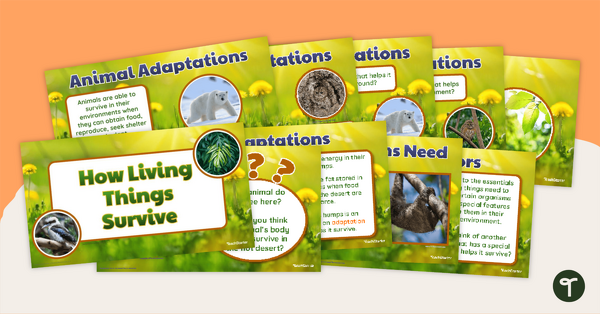
teaching resource
How Living Things Survive – Teaching Presentation
Use this 13-slide teaching presentation to teach your students about the basic needs and physical characteristics of animals and plants.
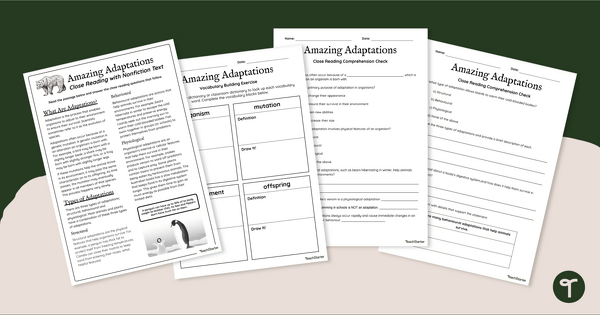
teaching resource
Plant and Animal Adaptations - Reading Comprehension Passage
Boost reading comprehension skills with a comprehension passage, with questions, about structural, behavioural and physiological adaptations.
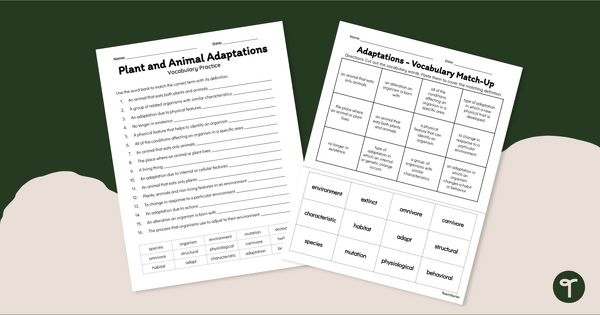
teaching resource
Plant and Animal Adaptations - Vocabulary Worksheets
Review key vocabulary associated with plant and animal adaptations with a pair of vocabulary worksheets.
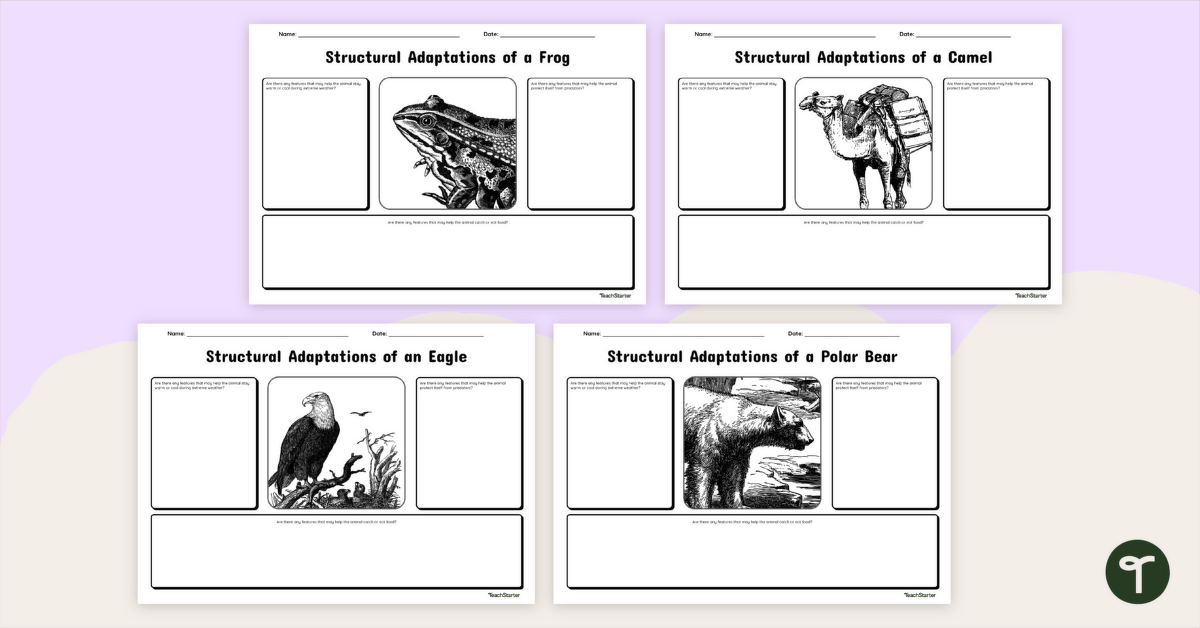

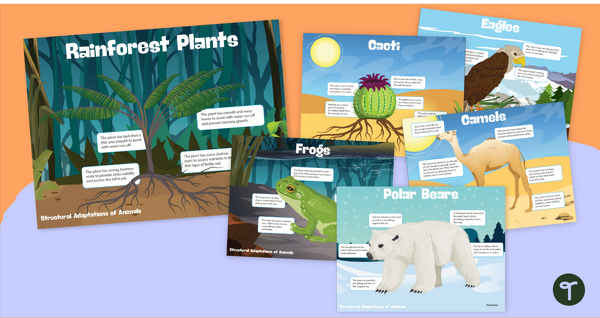
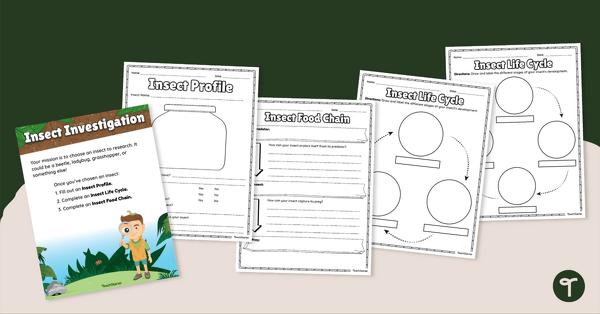
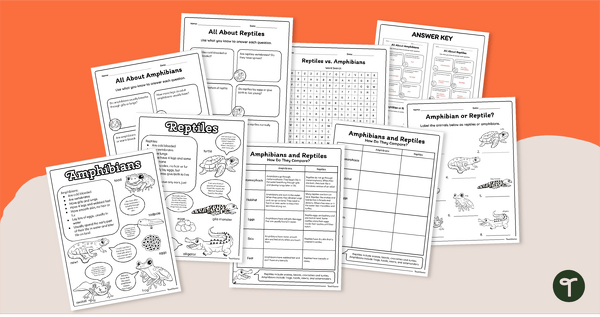
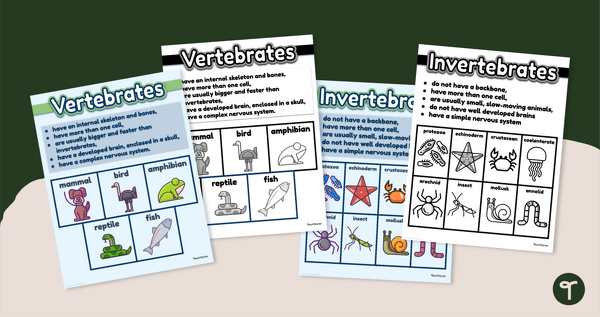

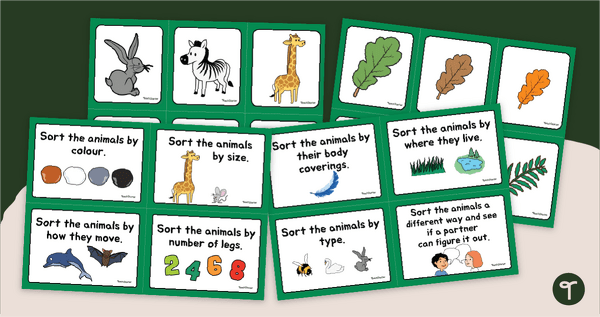
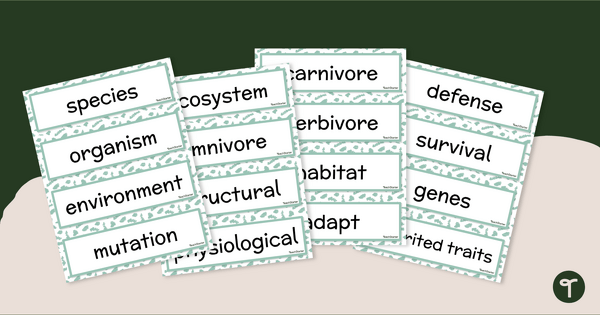
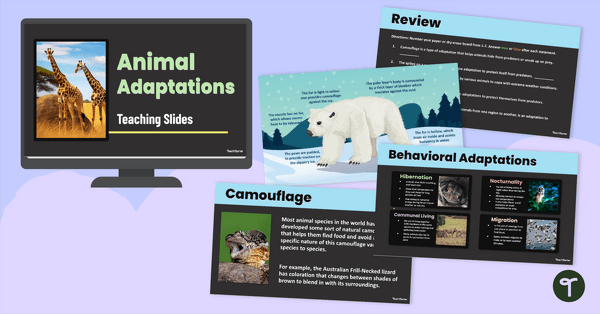
0 Comments
Write a review to help other teachers and parents like yourself. If you'd like to request a change to this resource, or report an error, select the corresponding tab above.